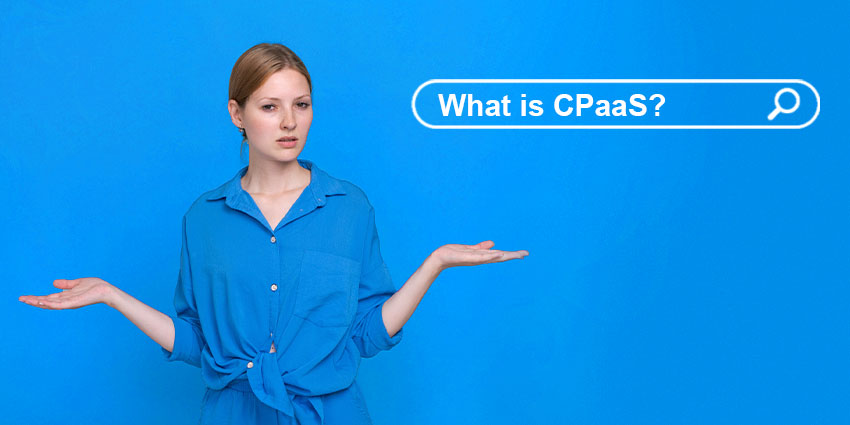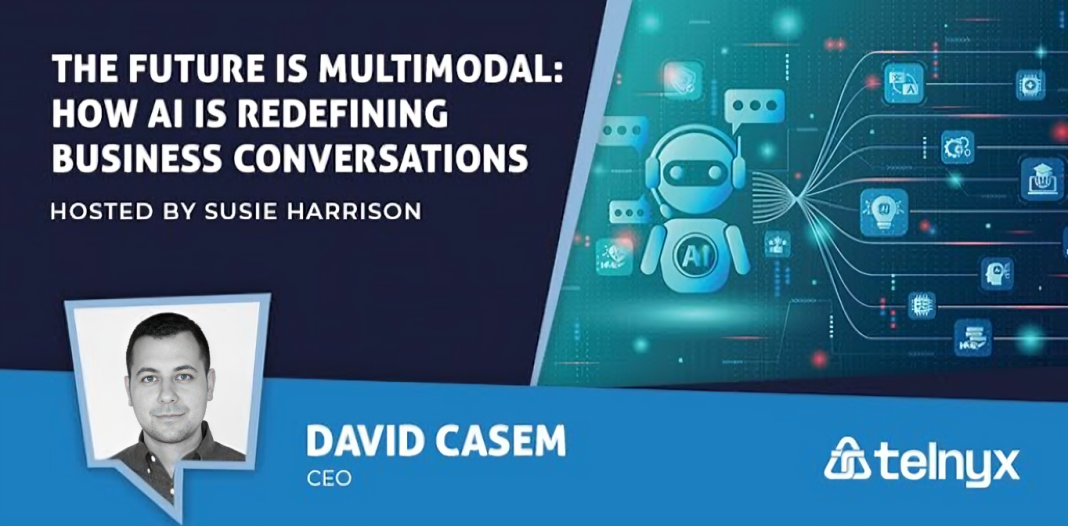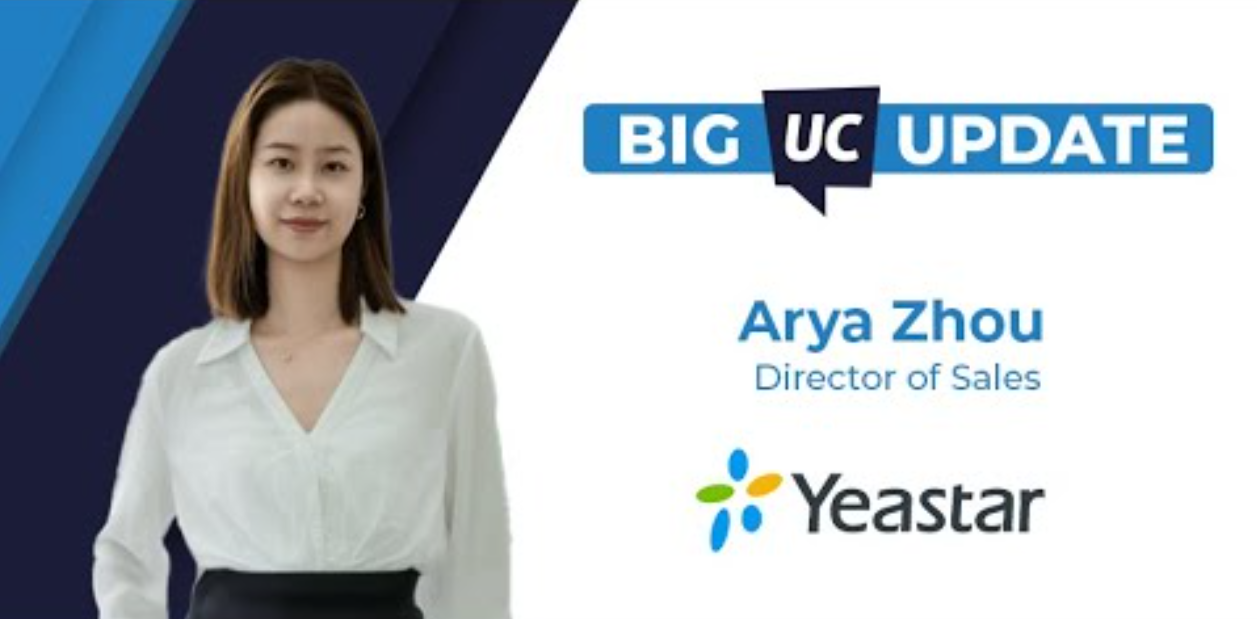The world of telecoms is evolving more rapidly every day, with innovations and disruptive technology leading the way. The door is open for creative minds to discover and create incredible things with SDK and open API solutions, and events like TADHack are the motivators encouraging people to truly get involved in next-level design.
The “Telecom Application Development” initiative or “TAD” began in 2013 as a simple effort to create a network of people focused on developing telecom applications. Today, the TADHack event has evolved into a global mecca of idea development, networking and growth for people who want to share, learn and create using the tools and technologies of telecommunications.
I spoke to Alan Quayle of TADHack to learn more about what the event is all about.
What is TADHack?
TADHack is a series of hackathon experiences dedicated to helping people learn more about IT, the internet and telecommunication technology. The TADHack environment teaches people how to use the applications and innovations available to them to solve problems that are common in their personal lives, professional worlds, and communities too.
As a truly diverse and inclusive event, TADHack aims to include people of all ages and backgrounds, including IT managers, web developers, non-coders, students and graphic designers, as they come together to collaborate on state-of-the-art software projects. TADHack is currently the largest hackathon in the industry, with more than 3,600 registrations for TADHack Global in 2017. However, TADHack isn’t just about the quantity of the attendees, but the quality of the experience provided.
TADHack has influenced the telecom and communication world as we know it, by empowering a global community of people to discover what’s possible in their telecoms technology.
Where Did TADHack Begin?
The Telecom Application Development Initiative began in 2013 with “TADSummit” a merging-of-minds experience in Bangkok. As Alan told me: “The focus was around programmable telecoms. We had seen that platforms and services were getting easier to access for businesses and developers, and we wanted to see how open APIs and developer kits could be used for new purposes. The summit went well, and from there we decided to launch the first ever TADHack in 2014.”
The first TADHack was initially going to be a single event in Madrid. “We chose that location because of connections with Telefonica digital, but then all of that changed when Telefonica digital closed. Fortunately, in the meantime, we’d had other locations asking to get involved with our events. We ended up with 5 locations, and countless remote locations getting involved too.”
The people behind TADHack assumed that the event would be relatively small, but it actually ended up being a huge experience. In 2018, the event will be entering its 6th year, with all content live broadcast, recorded, and edited for offline viewers.
What Kind of Experiences Does TADHack Offer?
According to Alan, the TADHack experience is designed to improve and build the application development ecosystem and educate individuals in using the latest telecom technology to solve real-world problems. There are two types of “TADHack” options available to get involved with:
“We have two things that we do right now. The first thing is the global event – the biggest hackathon around over a single weekend – and we’ve also got the TADHack minis. The Minis aren’t a big global event – they’re hacks that are associated with a particular thing, like the WebRTC global summit or Enterprise Connect.”
The TADHack mini is a much smaller event that aims to show people how platforms in the telecom industry can be used in a variety of ways. “It’s not just about challenging people to do something new; it’s about getting people to look at these technologies as a way of solving real problems.”
What Kind of People Come to the TADHack Events?
TADHack events generally include everyone from technology providers, to partners and channels, enterprise developers, students, and more. “Last year, across all the events we ran we saw something like 4,000 registrations. This year, we’ve reduced that down a bit to make sure that it doesn’t get too big. It’s about making sure that any hack produced can lead to something bigger, whether it’s a new project, a new service, or even a brand-new company.”
TADHack has been the starting point of many innovative new businesses and projects. “People come along because they want to do something special, learn something new and make a difference.”
“We get a lot of people from the industry, CIOs, students and just people who want to come and learn how to use the latest technologies.”
One point that Alan made is that you don’t have to be a coder to attend. “You can simply join with a team and focus on something like marketing the technology or explaining it instead.”
How Does the Average TADHack Run?
The Global TADHack event starts at around 10am, with introductory videos and a keynote speaker. “We just introduce people to the environment and what’s going to happen during the day in a very organic way. Some people come in teams, and others need help finding their team. Usually, by lunch, everyone has a group.”
Alan told me that some people come along not for coding, but for a chance to learn something new. “We provide plenty of ways to learn about the resources and technology available, and our attendees can spend their weekend gathering new skills.”
This year, the TADHack global event will focus on a theme of specific industry verticals, with challenges for each industry. This means that there’s a lot of opportunities to win. Alan expects at least 4000 registrations, and a lot of exciting new things to come from the latest event.
“We’ll have core locations in places like Chicago and London that have prizes to win. While there are cash prizes there, people don’t come to win the money. We find that most of our attendees are there because they genuinely want to connect with people and learn something. It’s a really diverse and welcoming space.”







